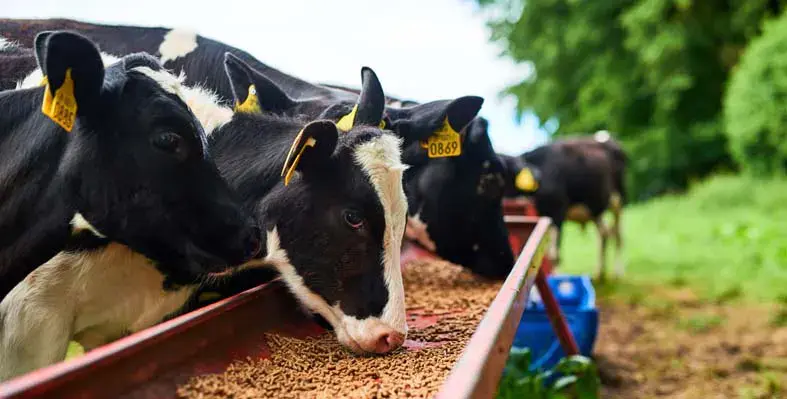Rumin8 announced interesting results from cattle trials of its investigational methane reducing feed additive involving 92 head of cattle, which recorded reductions of methane intensity of up to 86%, along with weight gains ranging 8.4-12.5% higher than control groups that were fed the same base ration
Studies mostly comprised a combination of feedlot and grazing productions systems. In the first study, 24 animals underwent three treatments for a duration of 12 weeks. Liveweights were measured weekly and animals were group housed, but fed individually. The second study comprised 20 animals that were subjected to four treatments for a duration of 77 days, while the third study comprised 48 animals that were subjected to three treatments in a grazing system for a duration of 130 days.
Analysis of these three cattle trials showed that cattle produced less methane and gained more weight each day, on average, when fed Rumin8’s development stage methane reducing feed additive. These recent results were released at the Breakthrough Energy 2024 Summit in London. In its quest to use a pharmaceutical approach to creating affordable feed and water supplements that reduce methane emissions from livestock and improve productivity, Breakthrough Energy Ventures has been a cornerstone investor in Rumin8.
“Weight gains are pivotal for the commercial adoption of methane reducing feed and water additives in the cattle industry,” said Rumin8 CEO, David Messina. “At the very least those weight gains have the potential to offset some of the cost of these additives, all while helping the planet. While our number one focus remains on reducing methane production to address the critical climate risk that this gas presents, we are particularly interested in these initial weight gain figures, because productivity improvements are of high interest to farmers.”





